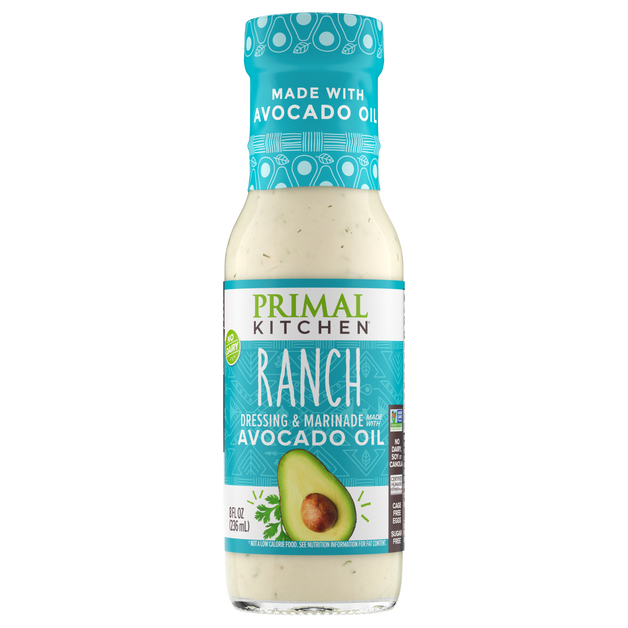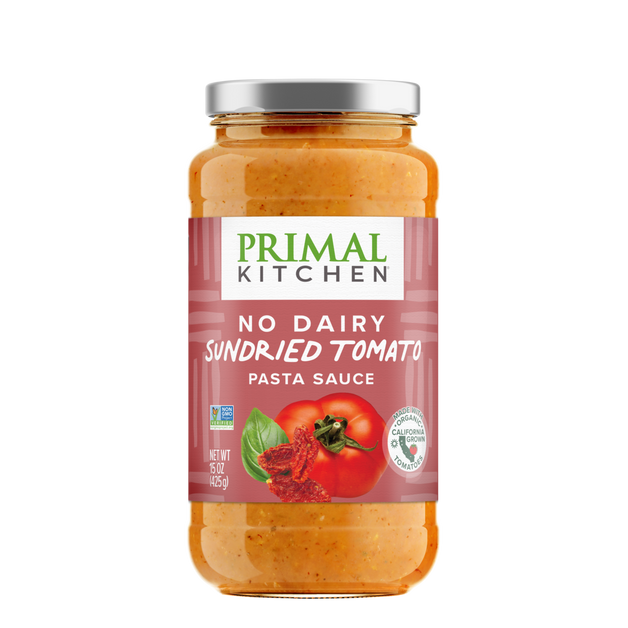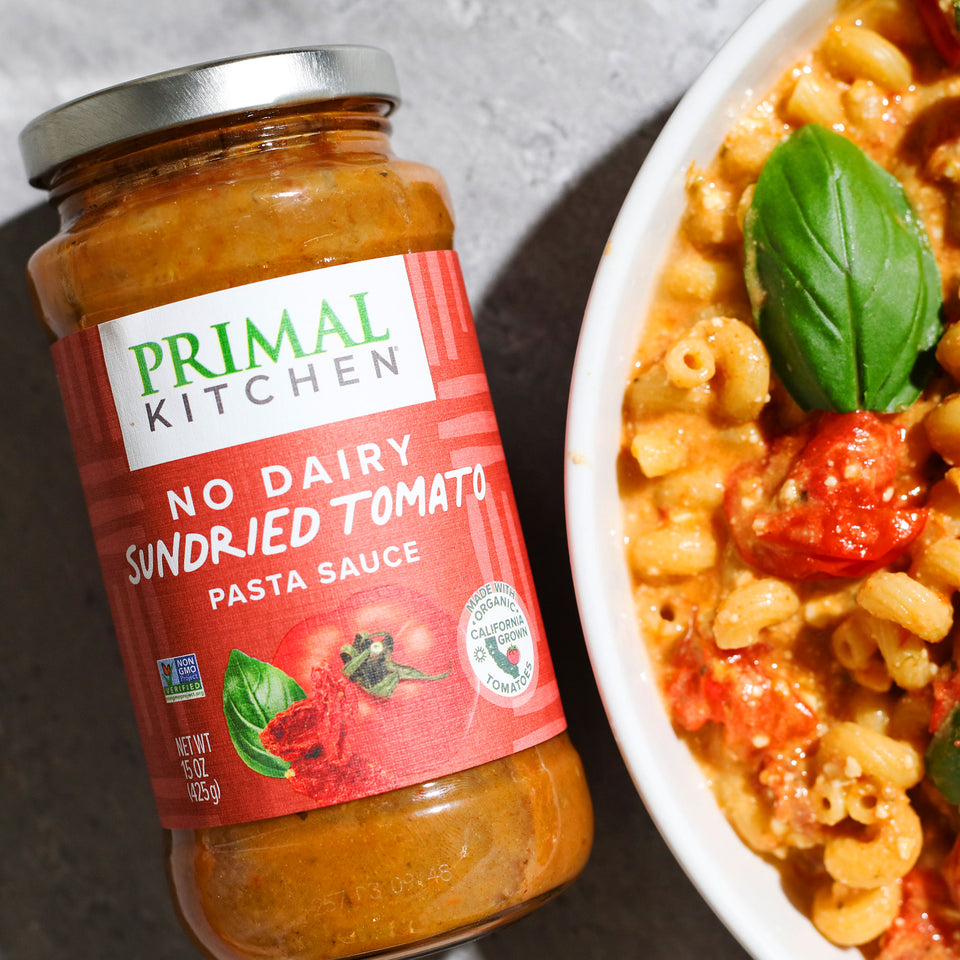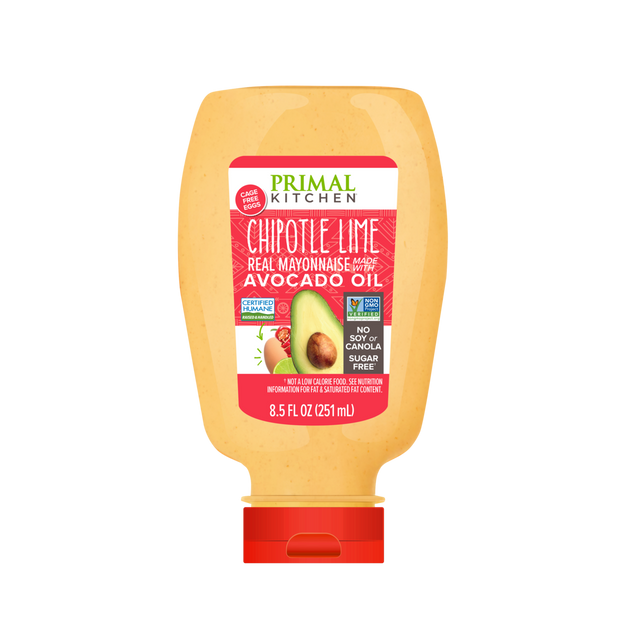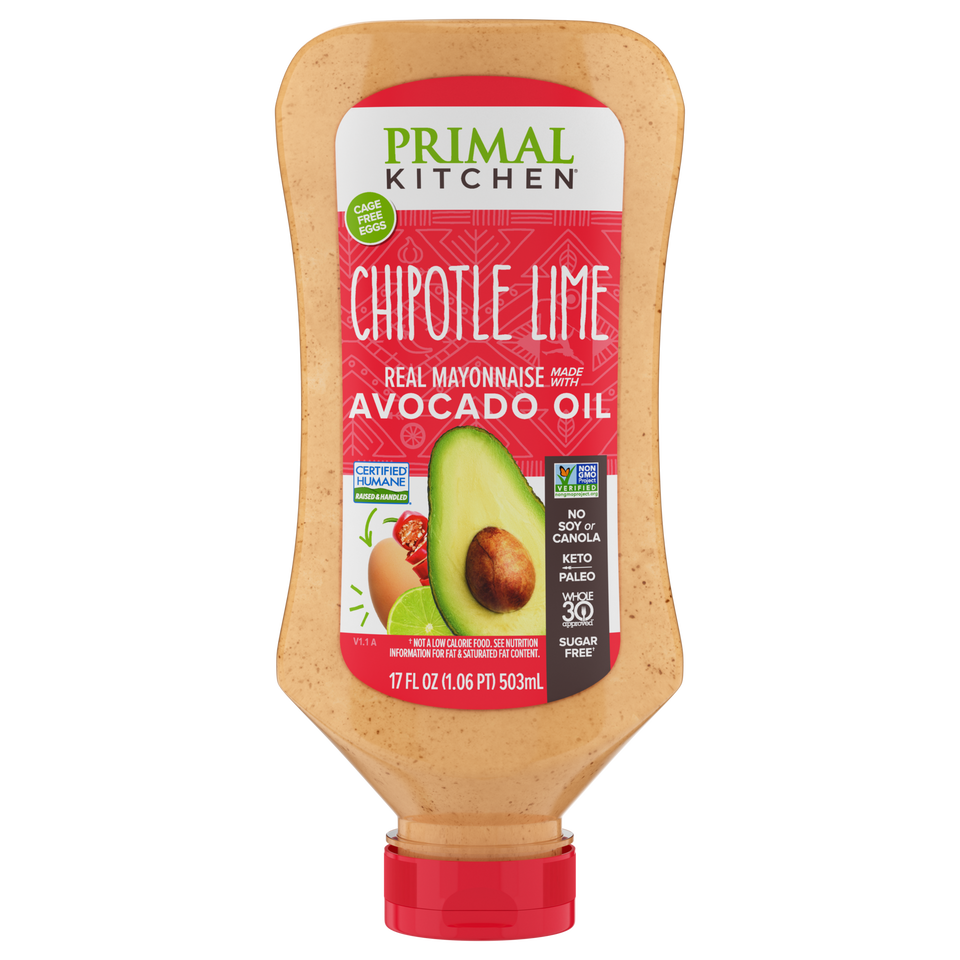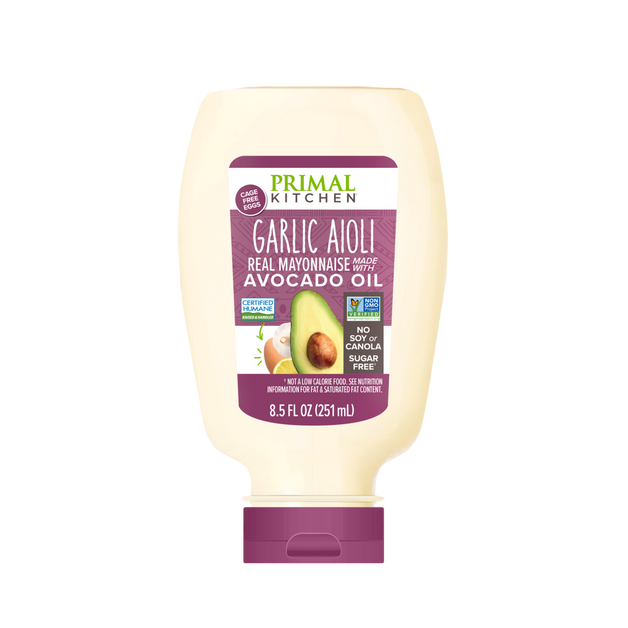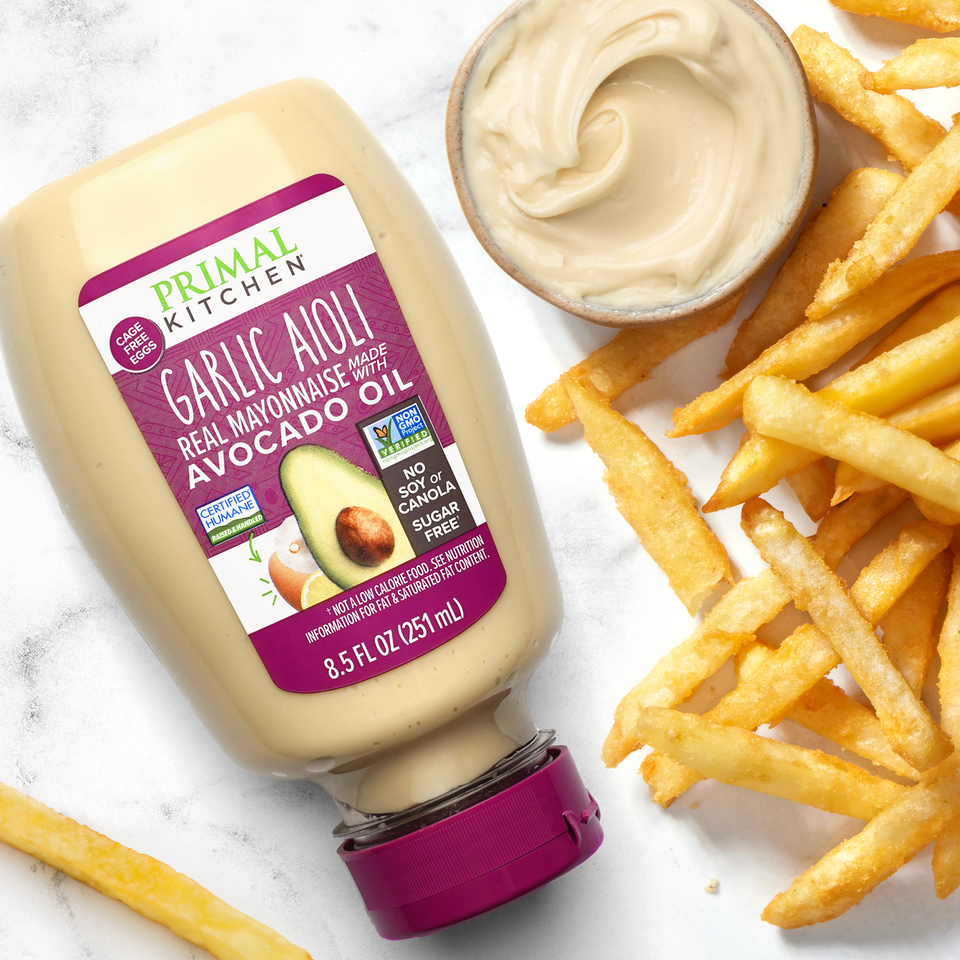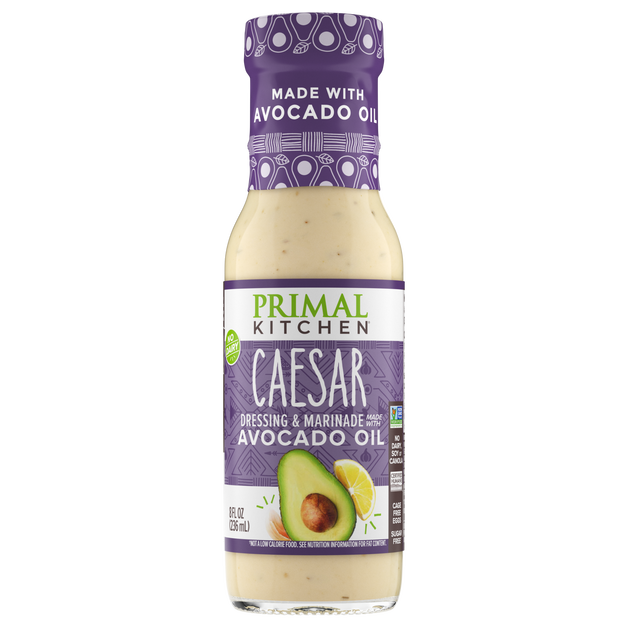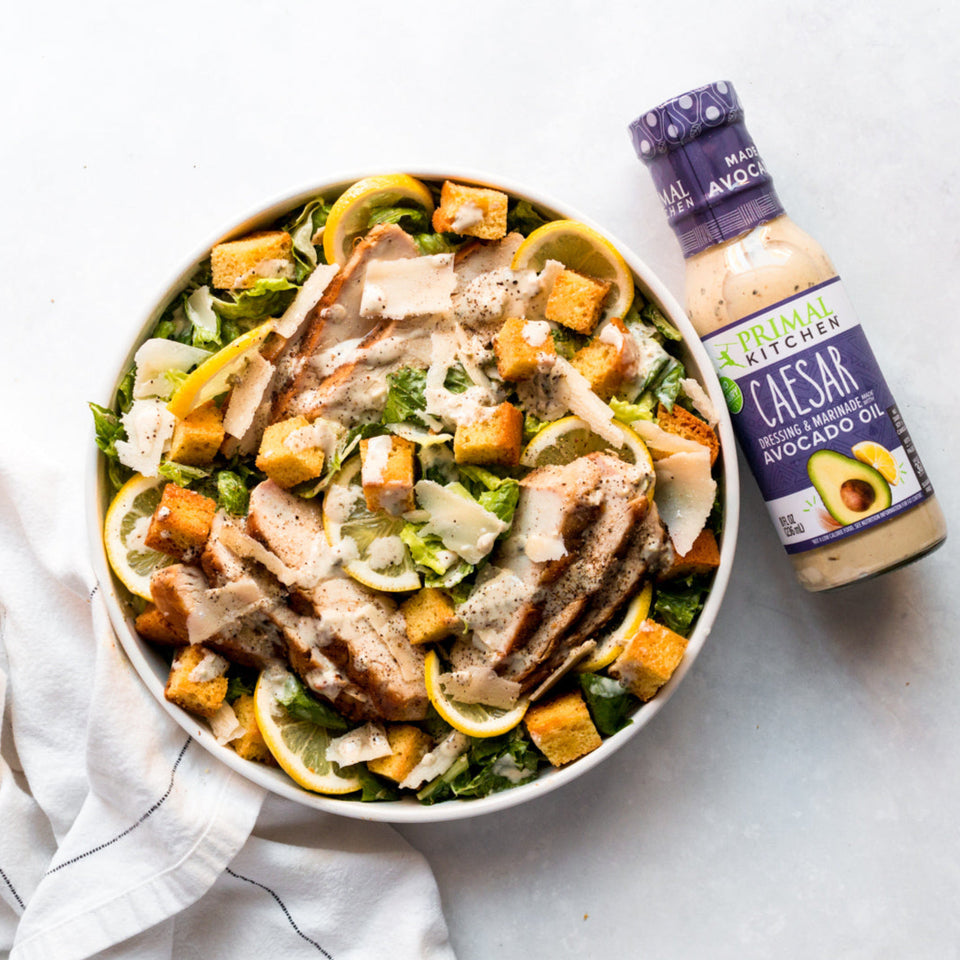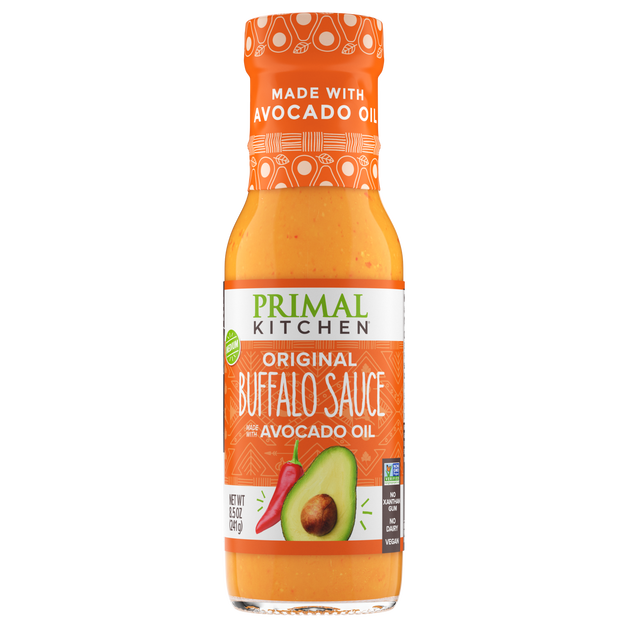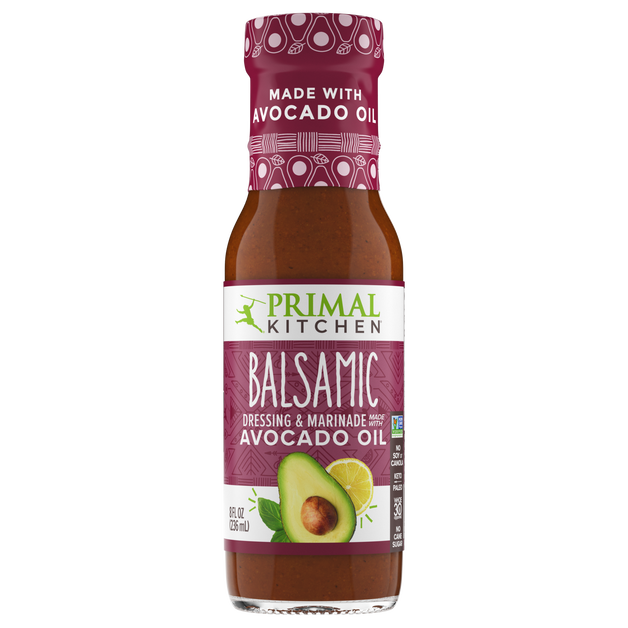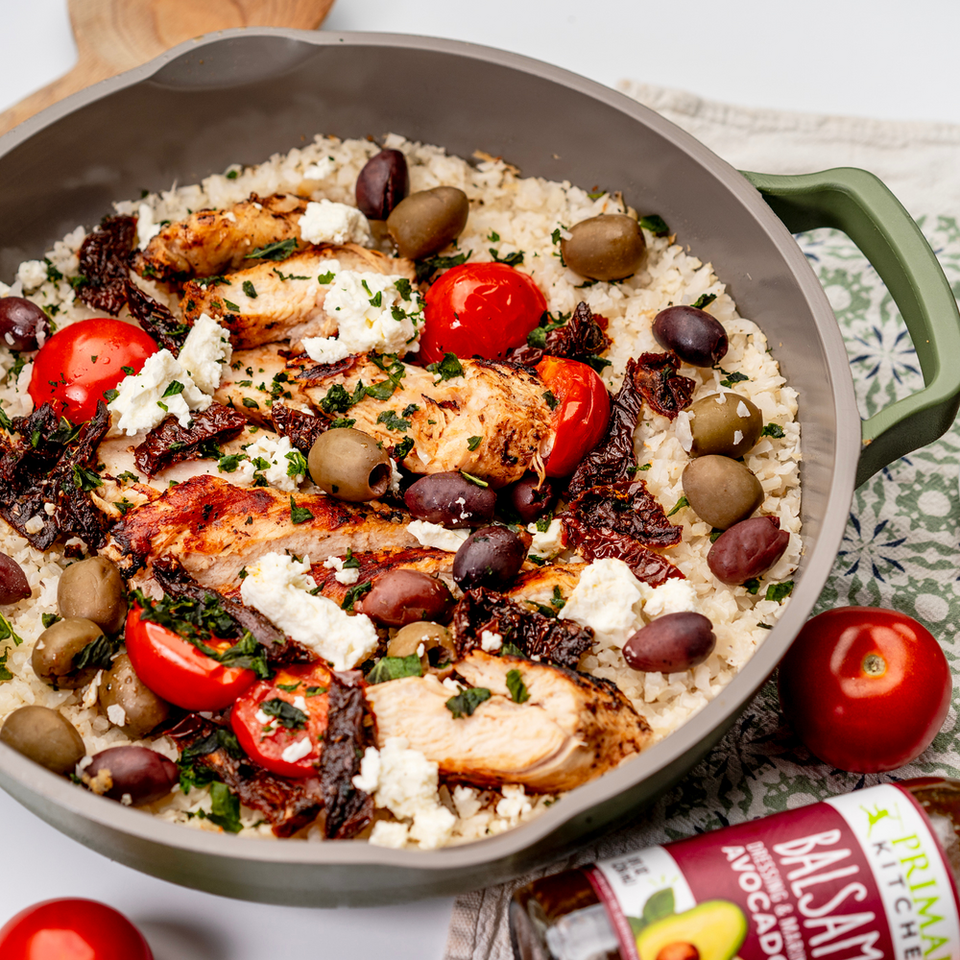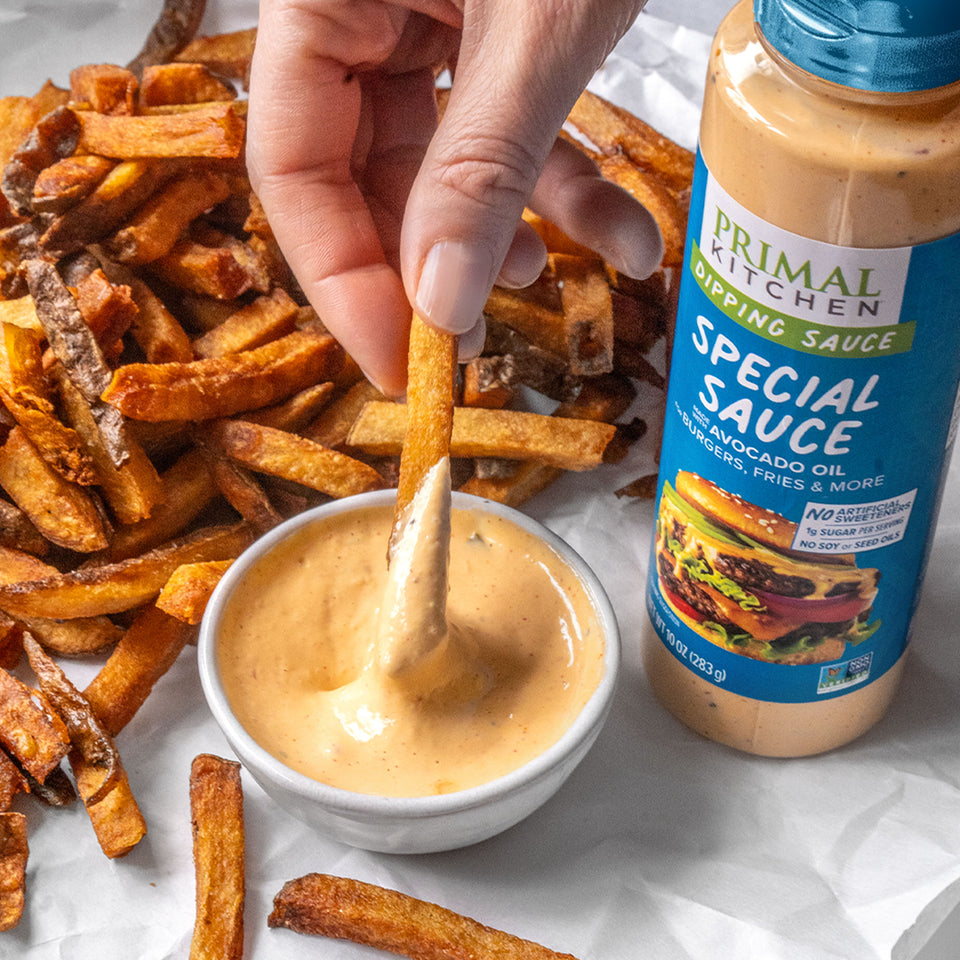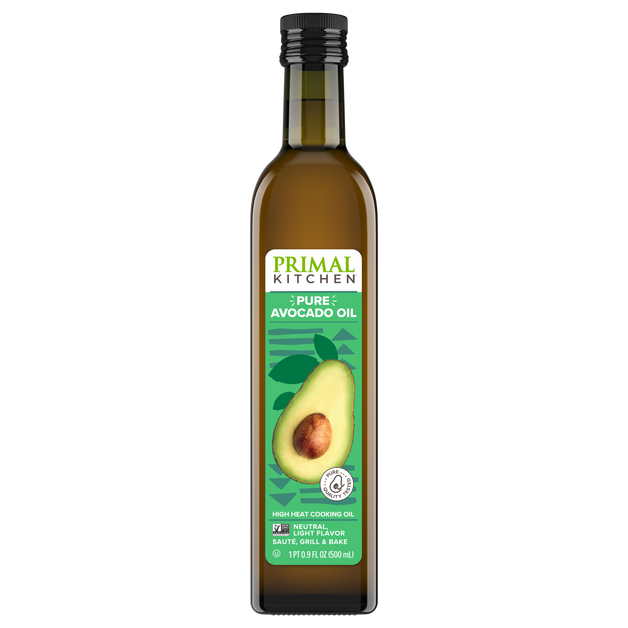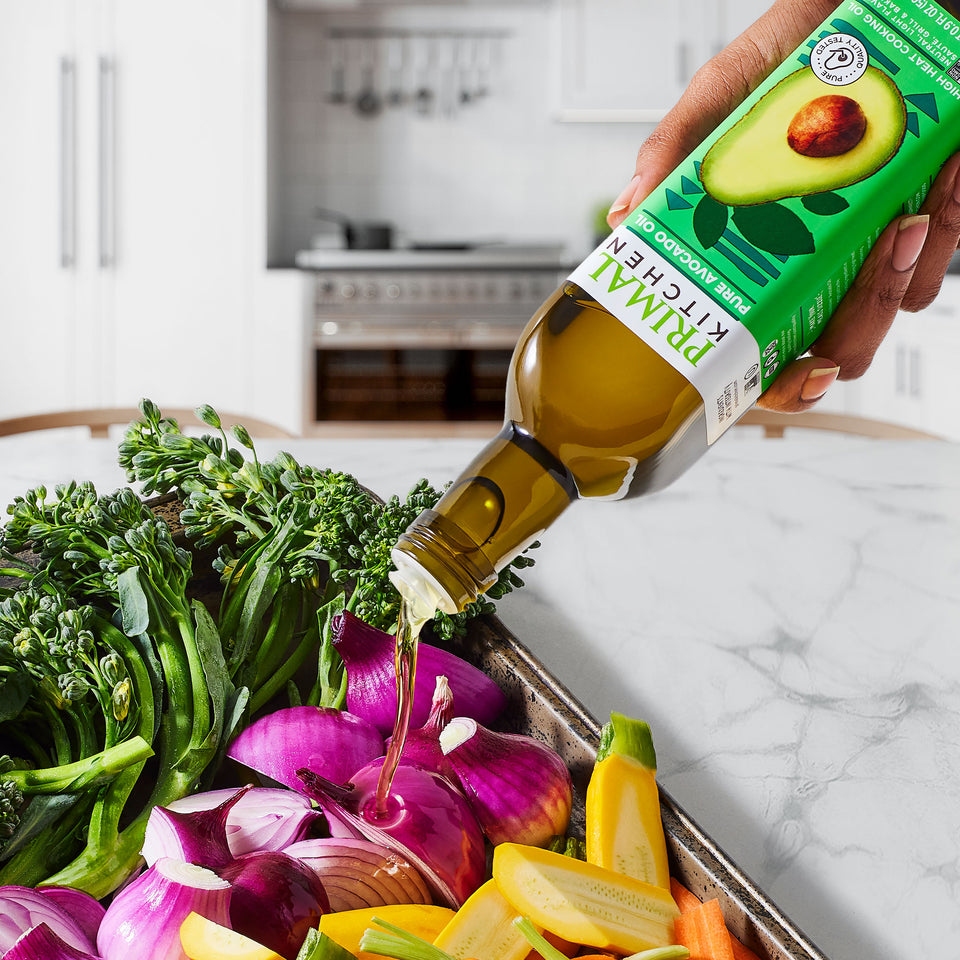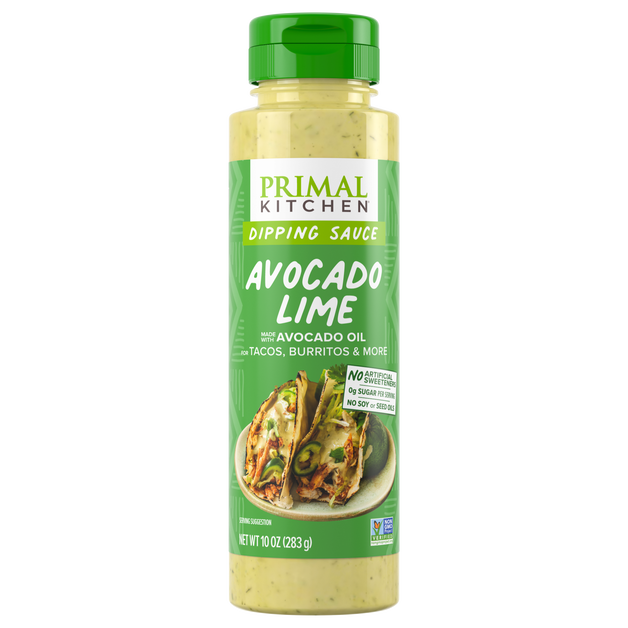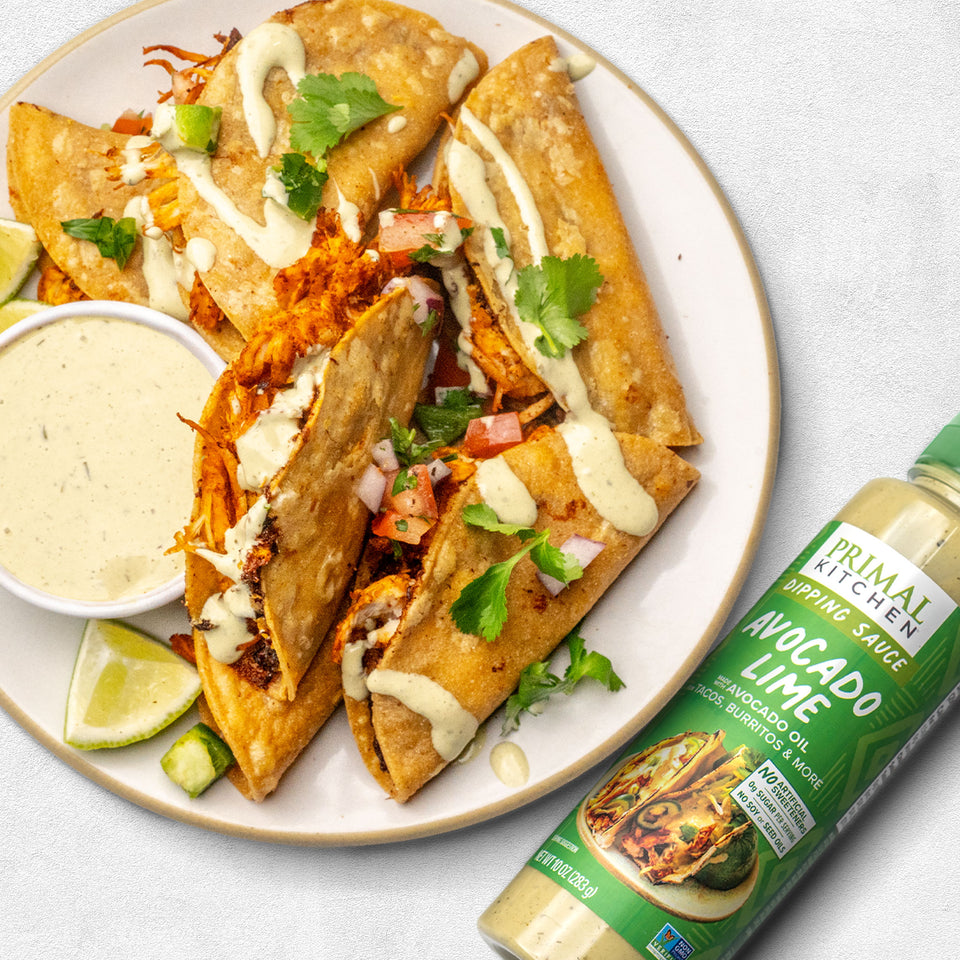More and more, savvy shoppers and home cooks are looking beyond nutrition panels and ingredient lists when deciding what to eat. Because they care about choosing the best options for themselves, their families, and the planet, they’re also asking where their food comes from and how it was grown or raised.
At Primal Kitchen, we’re all about making it easier and more enjoyable to embrace real foods, whether that means big, colorful salads doused in avocado oil-based dressing or grass-fed burgers smothered with unsweetened ketchup or Special Sauce made without canola or artificial sweeteners. As far as we’re concerned, real food rules—and if you can eat real food and bolster your community, wouldn’t you jump at the chance?
That’s the mission of the farm-to-table movement. It encourages diners to understand where their food comes from, reconnect to the land, and be more conscientious about their impact on their communities and the environment. If this sounds good, you can get involved. Here’s how.

What Is Farm-to-Table Dining?
Most commonly, “farm-to-table,” or “farm-to-fork,” refers to restaurants that source local ingredients. The chefs at these establishments base their menus on whatever is grown on farms and raised at ranches in their region. Menus change seasonally—sometimes weekly or even daily—based on ingredient availability. (Fun trivia fact: Chef Alice Waters is widely credited with opening the first farm-to-table restaurant in Berkeley, California in 1971.)
Sometimes, farm-to-fork restaurants get their hands dirty (in a good way!) and grow some or all of what they serve themselves. Some farms open eateries right on their properties. Even urban restaurants can get involved with rooftop gardens or plots for growing vegetables and herbs.
For home cooks, farm-to-table also means getting more of their food directly from the folks who produce it. You can uphold the spirit of farm-to-table by making an effort to cook with vegetables, fruits, and animal products from growers and ranchers near you.
What Are the Benefits of Farm-to-Table Dining?
First and foremost, it’s a great way to eat more real food while also supporting local farmers and the local economy. Instead of buying produce that was picked underripe and sent halfway around the world in a shipping container, you get to enjoy fruits and vegetables at peak freshness and maximum flavor. Locally sourced food also comes with a lower environmental footprint and less food waste due to spoilage during shipping.
When you know where your food comes from, you can take a more hands-on approach to feeding your family ingredients you trust. Although farm-to-fork doesn’t necessarily mean organic, many farm-to-fork restaurants champion environmentally friendly practices like organic and regenerative farming. You, too, can choose to buy real food from farmers who raise food you feel good about.
Plus, local farmers might offer uncommon varietals, like heirloom tomatoes and heirloom pork, that probably aren’t available at your local big box store. These are opportunities to flex your creativity in the kitchen. You might discover new favorite foods! And if you’re dining at a farm-to-table restaurant, the chef will create masterpieces with whatever is on hand, which can make for unique dining experiences.
How to Start Supporting the Farm-to-Table Movement
Here are four ways to jump on board with farm-to-table eating:
- Look for farm-to-fork restaurants or pop-ups in your area. While you’re there, ask where they source their food. Most of these restaurants are glad to talk about the growers they work with.
- Shop at farmer’s markets and food co-ops in your area. Use the fresh, local ingredients you pick up there as the basis for your weekly meal plan, then supplement with ingredients from the supermarket. Have fun trying out new recipes.
- Join a CSA (community-supported agriculture). CSAs let you “join” a farm and pay a certain amount weekly or monthly in exchange for regular deliveries of food straight from the field. With cow shares, pig shares, goat shares, or the like, you can purchase meat directly from ranches.
- Grow some of your food yourself. It doesn’t get fresher or more local than your own backyard, patio, or window box. Start with a small herb garden and a few tomato plants, or go wild and plant a whole backyard garden!
Expand Your Culinary Horizons with Farm-to-Table
Finding new ways to incorporate more real food into your meals and snacks is always exciting—and when you can support local farmers at the same time, it’s a win-win!
This doesn’t have to be an all-or-nothing enterprise. Each step gets you a little more connected the food system where you live. Maybe you’ll start with a weekly trip to that cute little market that sells produce from farms in the area. Invite friends over for a farm-to-fork dinner party where everyone brings a dish with local ingredients as the centerpiece. The point is to enjoy delicious food at peak freshness and spread some love to local farmers and ranchers while you’re at it.
Primal Kitchen cooking oils, dressings, and sauces are intentionally crafted to enhance the natural flavors of your ingredients and elevate each and every dish you prepare! Check out our other posts on the Primal Kitchen blog for easy recipes to highlight your fresh produce and responsibly raised animal products. Bon appétit!



